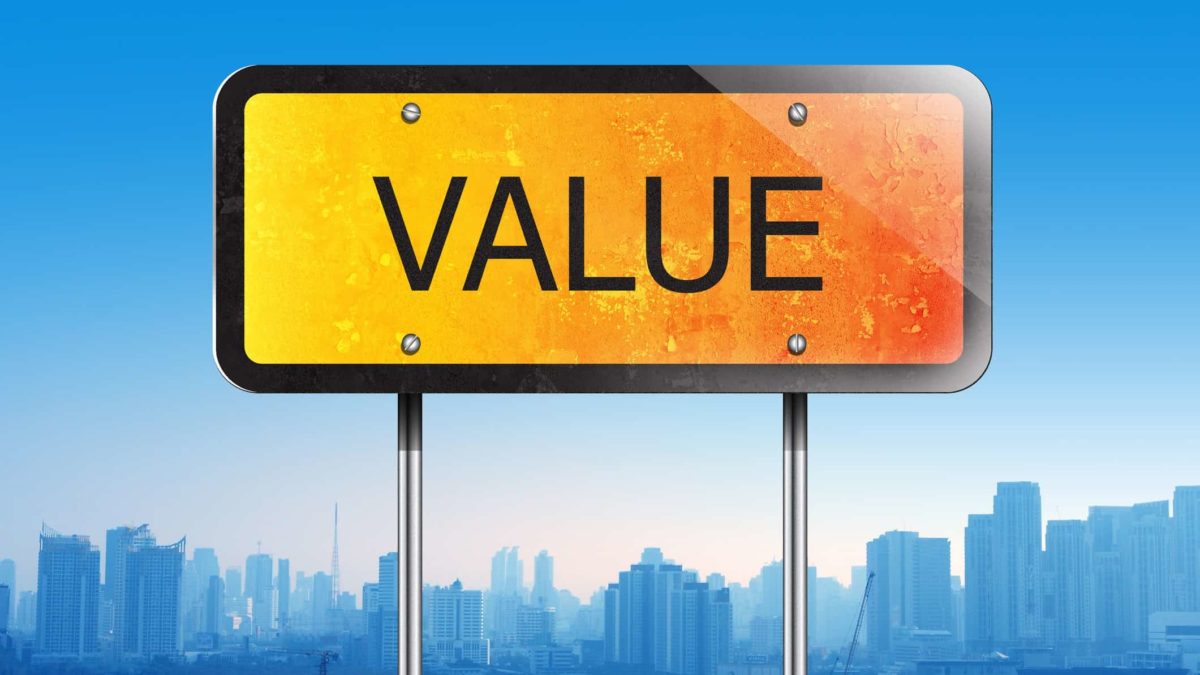As the AGL Energy Limited (ASX: AGL) share price slips further to the downside on Monday, some investors might be wondering if it is a cheap company that will keep getting cheaper.
Now trading for $5.65 at market close, the electricity generating and retailing company has evaporated 55.55% of its share price from this time a year ago. Even worse, shares in AGL Energy have tumbled 71.41% over the past 5 years, signifying value destruction en masse.
To put the underperformance into context — $10,000 invested in the S&P/ASX 200 Index (ASX: XJO) 5 years ago would now be worth ~$14,233 before dividends. Meanwhile, the same amount invested into AGL Energy would now be worth a disappointing ~$2,859 before dividends. That means an ASX investor would have been nearly 5 times better off in the Aussie index than in AGL shares by this time.
At present, AGL could be considered 'cheap' based on some valuation metrics. This poses the question, is the AGL share price a value trap waiting to leave its mark on another bunch of unsuspecting value investors. Or, is the company set to stage a comeback.
Sometimes you get what you pay for
Typically, a lot of the metrics used for assessing 'value' are rear-facing. Whether it be a 12-month trailing price-to-earnings (P/E) ratio, price-to-book ratio, debt-to-equity ratio, or net tangible assets.
These financial tools are heavily weighted towards the road already travelled, not so much the road ahead. The danger hidden within this is the potential for the road ahead to be filled with even more potholes than experienced prior.
For example, AGL Energy's P/E ratio of ~10 at the end of June 2020 might have looked appealing. Especially when compared to the utilities industry average of nearly 20. Yet, now the AGL share price is far lower and has a negative P/E ratio due to its current unprofitability.
While there are often companies ripe for a contrarian approach, sometimes you get what you pay for. Often a company will be donning a low P/E ratio as a result of its less than appealing future outlook. In some cases, this unattractive future is exactly what plays out, pushing the share price lower.
What about the AGL Energy share price?
This brings us to the question: is the AGL Energy share price a value trap? It has appeared to be a prime example in recent years. However, to label it as a trap for future investors is not possible. Mostly because only time will reveal the answer.
Currently, the company is struggling through a loss-making period, a high debt-to-equity ratio, and a renewable shift that is putting the pinch on energy margins. The AGL Energy share price will be dependent on how the business structurally performs from here.
If profits resume and dividends are increased, then it will be shown it was a value trap no more. Whereas, if the company is unable to turn things around, the value trap could be on full display.








